Specifications
| book-author | Robert L. Boylestad |
|---|---|
| file-type | |
| isbn10 | 0133923606 |
| isbn13 | 9780133923605 |
| language | English |
| publisher | Prentice Hall |
Book Description
**”Introductory Circuit Analysis” (13th Edition)** by Robert L. Boylestad is a widely used textbook that provides an in-depth introduction to the principles of electrical circuit analysis. This comprehensive resource is designed for students of electrical engineering, electronics, and related fields. It focuses on fundamental concepts while gradually progressing to more advanced topics, making it suitable for both beginners and those with prior knowledge.
### **Key Features and Content Overview:**
#### **1. Fundamental Circuit Concepts**
– **Basic Electrical Components:** The text begins with a thorough introduction to basic components such as resistors, capacitors, and inductors, essential building blocks for understanding electrical circuits.
– **Ohm’s Law and Kirchhoff’s Laws:** The early chapters cover foundational laws of circuit analysis, including Ohm’s Law, Kirchhoff’s Current Law (KCL), and Kirchhoff’s Voltage Law (KVL), which are critical for solving basic circuits.
#### **2. DC Circuit Analysis**
– **Series and Parallel Circuits:** Boylestad explains the analysis of series and parallel circuits in detail, including how to compute voltage, current, and resistance in these configurations.
– **Nodal and Mesh Analysis:** The text provides step-by-step methods for nodal analysis and mesh analysis, which are key techniques used to solve complex circuits.
– **Theorems and Techniques:** Topics such as Thevenin’s and Norton’s Theorems, Superposition Theorem, and Maximum Power Transfer Theorem are presented with practical examples.
#### **3. AC Circuit Analysis**
– **Alternating Current Fundamentals:** The book covers the basic concepts of alternating current (AC), including waveform analysis, sinusoidal functions, and phasors.
– **Impedance and Reactance:** Students are introduced to the concepts of impedance and reactance in AC circuits, essential for understanding the behavior of capacitors and inductors in AC circuits.
– **Power in AC Circuits:** The text discusses real, reactive, and apparent power in AC circuits, emphasizing power factor and its importance in electrical systems.
#### **4. Frequency Response and Filters**
– **Frequency Response:** The analysis of how circuits behave across different frequencies is covered, with a focus on resonance and bandwidth.
– **Filters:** The book introduces various types of filters (low-pass, high-pass, band-pass, and band-stop) and their applications in signal processing and communication systems.
#### **5. Advanced Circuit Analysis Techniques**
– **Transform Methods:** The text includes an introduction to the Laplace Transform and its application in circuit analysis, offering a powerful tool for solving complex circuits in the time domain.
– **Two-Port Networks:** A detailed explanation of two-port network theory is provided, which is useful for analyzing more complex circuits in communication and control systems.
– **Fourier Series and Transforms:** The text also explores Fourier analysis, an essential concept for understanding signal processing and communication circuits.
#### **6. Practical Applications**
– **Real-World Problem Solving:** Throughout the book, real-world applications and examples are used to illustrate how theoretical concepts are applied in practical scenarios, making the material more relevant for students.
– **Lab Exercises and Experiments:** The text includes lab exercises that allow students to apply what they’ve learned in a hands-on environment, reinforcing theoretical concepts through experimentation.
#### **7. User-Friendly Learning Aids**
– **Worked Examples and Problems:** Each chapter contains numerous worked examples that walk students through problem-solving techniques, as well as a wide range of practice problems for self-assessment.
– **Summary and Key Equations:** At the end of each chapter, key points and equations are summarized to help students review and reinforce their understanding of the material.
### **Conclusion**
**”Introductory Circuit Analysis” (13th Edition)** by Robert L. Boylestad is a foundational text for students studying electrical engineering, electronics, and related fields. It provides clear explanations of fundamental and advanced concepts in circuit analysis, making complex topics accessible through practical examples and a structured approach. With its extensive coverage of both DC and AC circuits, as well as advanced topics like Laplace transforms and frequency response, this textbook is an essential resource for anyone looking to master circuit analysis.



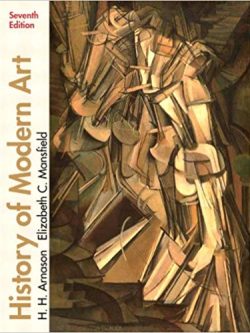
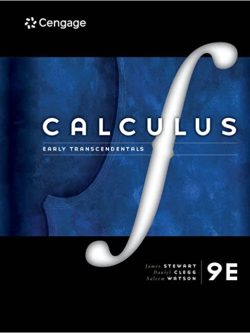
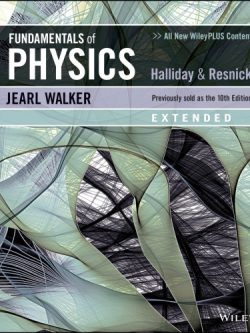
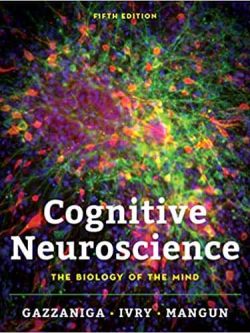
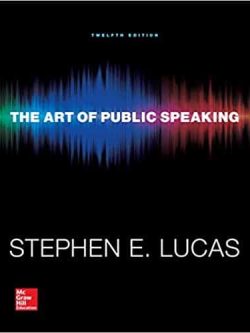

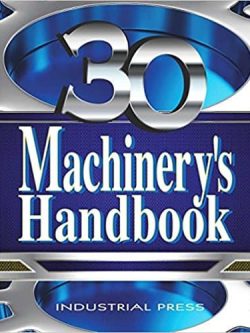
Reviews
There are no reviews yet.